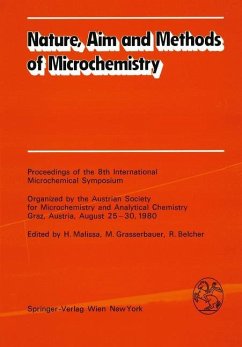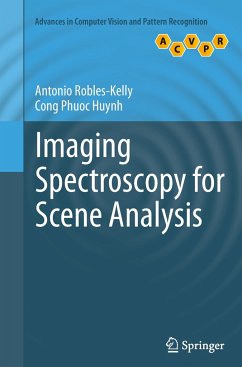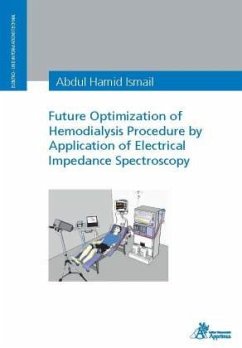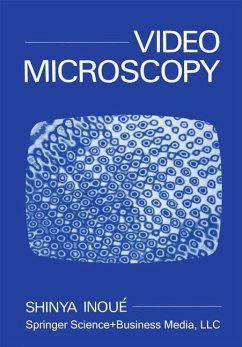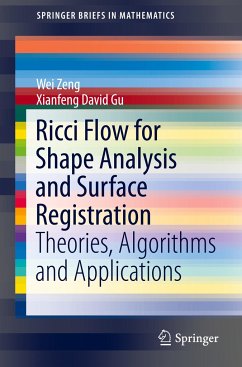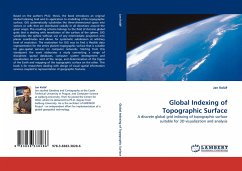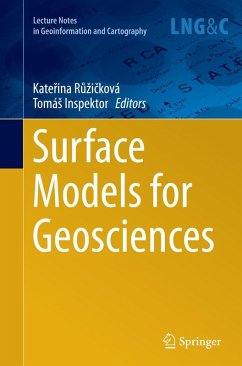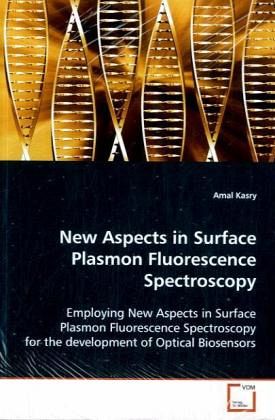
New Aspects in Surface Plasmon Fluorescence Spectroscopy
Employing New Aspects in Surface Plasmon Fluorescence Spectroscopy for the development of Optical Biosensors
Versandkostenfrei!
Versandfertig in 6-10 Tagen
32,99 €
inkl. MwSt.

PAYBACK Punkte
16 °P sammeln!
Based on surface plasmon fluorescence spectroscopy, this work concerns the development of very high sensitive optical biosensors. Two main aspects were studied to achieve this purpose. The first part was concerning grating couplers as biosensors; where the effect of the distance between the chromophore and the metal layer was studied, using protein layer by layer system. The second part of this work was a systematic investigation of long-range surface plasmons. For the first time, LRSPR was used in a fluorescence spectroscopic mood. The idea was using the high field intensity at the interface,...
Based on surface plasmon fluorescence spectroscopy,
this work concerns the development of very high
sensitive optical biosensors. Two main aspects were
studied to achieve this purpose. The first part was
concerning grating couplers as biosensors; where the
effect of the distance between the chromophore and
the metal layer was studied, using protein layer by
layer system. The second part of this work was a
systematic investigation of long-range surface
plasmons. For the first time, LRSPR was used in a
fluorescence spectroscopic mood. The idea was using
the high field intensity at the interface, which is
higher in case of LRSPR than in the conventional
SPR, to excite the chromophores. We found that the
fluorescence signal in this case is about 9 times
higher, which give this system the ability to be
used as a very high sensitive device for detection
of small molecules with low concentrations. The most
importantaspect about LRSPFS, beside the high field
intensity, is the very long evanescent filed that
can reach 400-800 nm, this can allow detection of
long biological matrix, big molecules, or even
studying live cells.
this work concerns the development of very high
sensitive optical biosensors. Two main aspects were
studied to achieve this purpose. The first part was
concerning grating couplers as biosensors; where the
effect of the distance between the chromophore and
the metal layer was studied, using protein layer by
layer system. The second part of this work was a
systematic investigation of long-range surface
plasmons. For the first time, LRSPR was used in a
fluorescence spectroscopic mood. The idea was using
the high field intensity at the interface, which is
higher in case of LRSPR than in the conventional
SPR, to excite the chromophores. We found that the
fluorescence signal in this case is about 9 times
higher, which give this system the ability to be
used as a very high sensitive device for detection
of small molecules with low concentrations. The most
importantaspect about LRSPFS, beside the high field
intensity, is the very long evanescent filed that
can reach 400-800 nm, this can allow detection of
long biological matrix, big molecules, or even
studying live cells.



